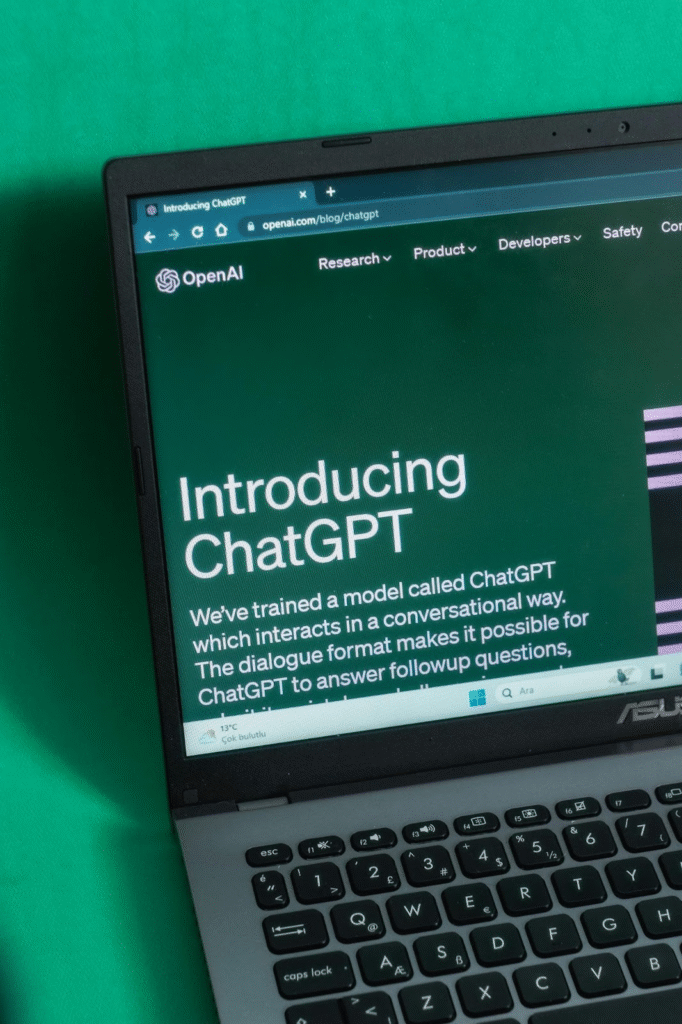For years, artificial intelligence felt like an enterprise-only superpower—expensive, complex, and locked behind large IT budgets. That era is ending fast. In 2024–2025, AI capabilities have been bundled into the tools small businesses already use, priced per seat (or even free at entry), and delivered through interfaces that don’t require a data science team. The result is real democratization: startups and SMEs can now deploy AI where it actually moves the needle—operations, sales, marketing, support, and finance—without a six-figure project.
This isn’t hype. In the latest global AI surveys, organizations report measurable top-line gains and cost reductions from generative-AI deployments—especially when they point AI at concrete workflows rather than moonshots. (Source: McKinsey – The State of AI 2025).
What Changed in 2024–2025
Bundling (and unbundling) made AI cheaper.
Two big shifts drove accessibility:
1) Productivity suites added AI by default. Google rolled core Gemini features into Workspace plans (and offset it with modest base-plan price changes), which effectively put meeting notes, writing aids, and smart summaries in the same subscription many small teams already pay for. (Source: The Verge).
2) Microsoft offered a spectrum from “free chat” to paid copilots. Small teams can try Copilot Chat at no cost, then step up to Microsoft 365 Copilot (per-user pricing) when they see value in deep integration with Word, Excel, Outlook, and Teams. (Source: Microsoft 365 Copilot).
The ROI bar got clearer.
Executives used to ask, “Will this actually save time or make money?”—and answers were fuzzy. Now we have better evidence: more organizations report tangible cost and revenue impact, and playbooks have matured around safe deployment (access controls, review workflows, PII hygiene). (Source: McKinsey).
But barriers remain.
For SMEs, the biggest blockers aren’t regulations—they’re skills, training, and ongoing costs. Recent SME digitalization research highlights gaps in awareness of support programs and the need for practical upskilling—especially for owner-operators wearing multiple hats. (Source: OECD).
Where Small Businesses Actually Win With AI
You don’t need to “AI-everything.” Point it at the few bottlenecks that create outsized value.
1) Marketing & Sales: From Guesswork to Evidence
– Offer and copy generation can compress creative cycles from days to hours.
– Attribution sanity checks help reconcile channel noise so you double-down on what’s working.
– Automated weekly reporting keeps the team focused on what moved KPIs.
Try this practical build: Automate Your Weekly Ad Report with Google Sheets + GA4 (Modonix).
2) Support & Success: Faster Answers, Fewer Tickets
– AI knowledge assistants draft replies from your past tickets, policies, and FAQ.
– Auto-tagging and routing make sure hard cases reach the right person first.
– Proactive outreach: summarize survey feedback; trigger follow-ups before churn.
3) Operations: Inventory, Shipping, and Exceptions
– Demand forecasting lite: weekly SKU predictions inform reorders so you avoid stockouts and tied-up capital.
– Exception alerts: catch low stock, late shipments, or abnormal return spikes before they become customer pain.
Starter guide: The Truth About How to Build an Inventory Alert System with Zero Dev Skills (Modonix).
4) Pricing & Margin Discipline
– Rules-based repricing protects contribution margin when competitors stock out or demand surges.
– SKU-level guardrails prevent well-meaning discounts from erasing profits.
Framework: How to Build Smart Campaigns Around Product Margins (Modonix).
5) Checkout and Conversion: Small Tweaks, Big Money
Baymard’s research shows ~70% of online carts are abandoned—often for fixable reasons like extra costs, forced account creation, or long forms. AI assistants can help you prioritize the highest-impact fixes. (Source: Baymard Institute).
A Budget-Friendly Starter Stack
Google Workspace with Gemini features(many included by default).
Microsoft 365 Copilot: start free with Copilot Chat, upgrade for $30/user/month.
No-code automations: build alerts and dashboards to glue your stack together.
Starter guide: From Spreadsheet Chaos to Streamlined Systems (Modonix).
Measuring Value
– Time saved × loaded hourly cost.
– Revenue lift tied to specific changes.
– Cost avoided (fewer expedites, refunds, or tickets).
Industry reporting shows firms are still weighing per-seat AI costs carefully, hence bundled vs. premium models. (Source: The Verge, Microsoft).
A 45-Day Rollout Plan
Weeks 1–2: Baseline and quick wins.
Weeks 3–4: Price & ops control with margin guardrails and inventory alerts.
Weeks 5–6: CX & conversion improvements, guided by Baymard research.
The Bottom Line
AI is no longer a moonshot or luxury. It’s a set of practical, budget-friendly assistants embedded in tools you already use. Start where the money moves: pricing guardrails, inventory alerts, exception handling, and weekly visibility.
When small businesses put systems between themselves and chaos, AI stops being a buzzword and becomes a competitive edge—today.
References
– https://www.mckinsey.com/~/media/mckinsey/business%20functions/quantumblack/our%20insights/the%20state%20of%20ai/2025/the-state-of-ai-how-organizations-are-rewiring-to-capture-value_final.pdf?utm_source
The Verge on Google Workspace AI https://www.theverge.com/2025/1/15/24343794/google-workspace-ai-features-free?utm_source
– Microsoft 365 Copilot Pricing: https://www.microsoft.com/en-us/microsoft-365/copilot/pricing?utm_source
– OECD SME Digitalisation: https://www.oecd.org/content/dam/oecd/en/networks/oecd-digital-for-smes-global-initiative/FINAL-D4SME-2024-Survey-Policy-Highlights.pdf?utm_source
Modonix Links
– https://modonix.com/how-to-build-smart-campaigns-around-product-margins/
– https://modonix.com/the-truth-about-how-to-use-third-party-tools-for-smarter-repricing/
– https://modonix.com/the-truth-about-how-to-build-an-inventory-alert-system-with-zero-dev-skills/
– https://modonix.com/automate-your-weekly-ad-report-with-google-sheets-ga4/
